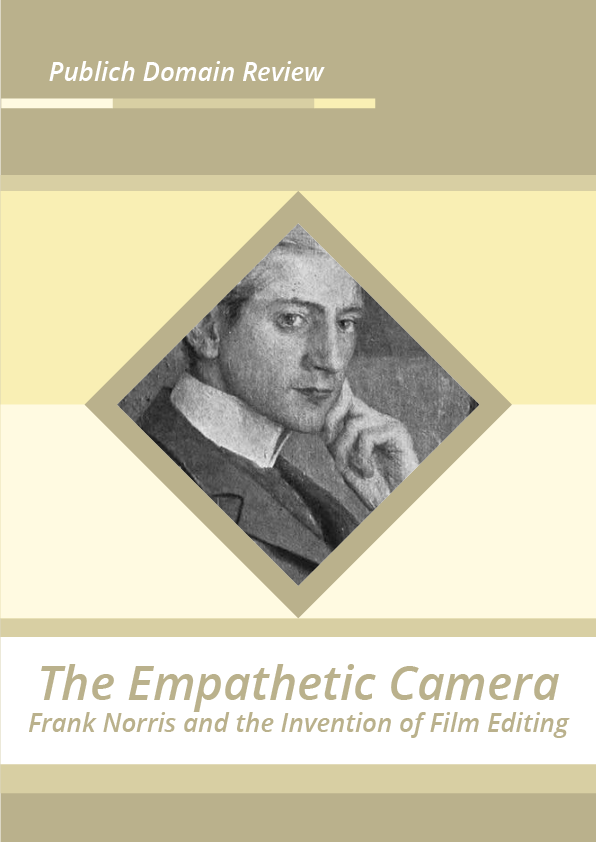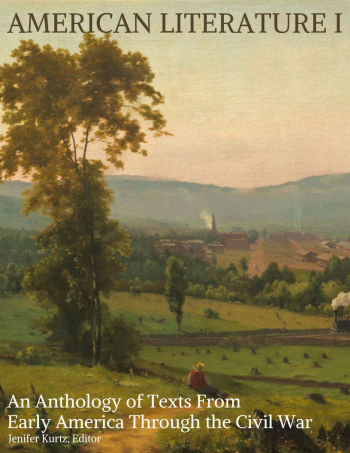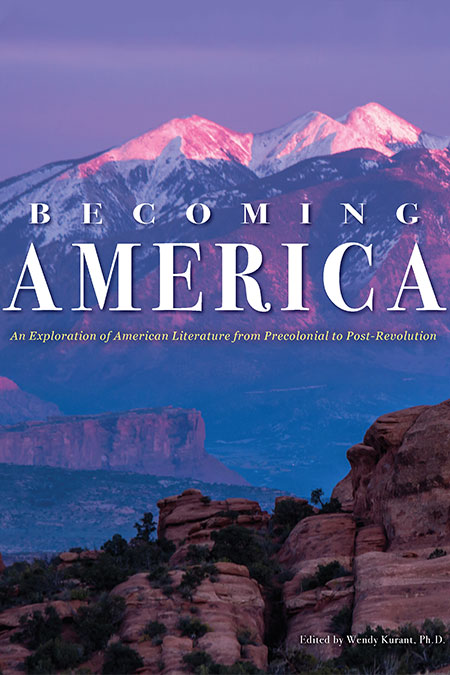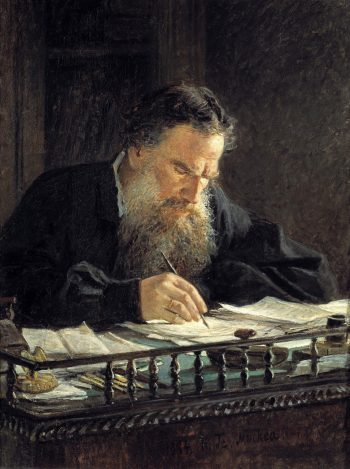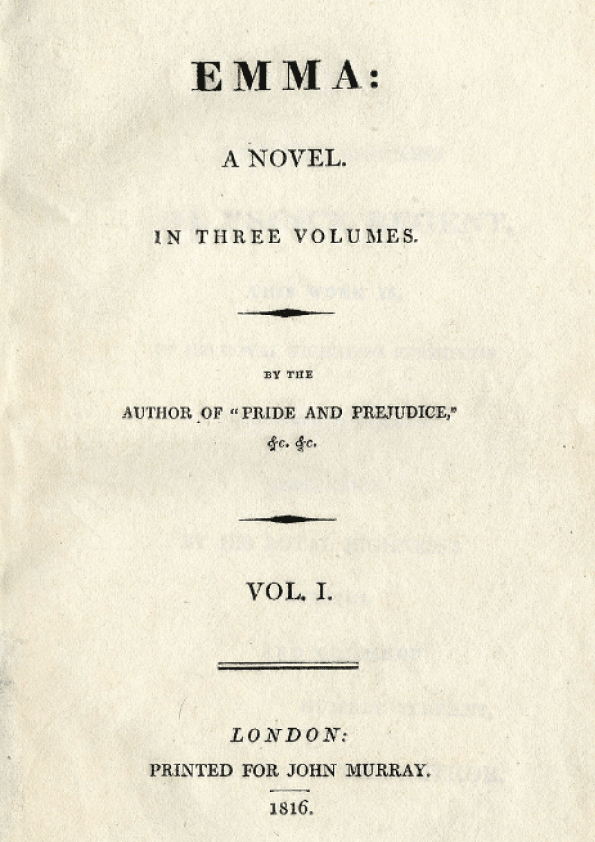At the heart of American author Frank Norris’ gritty turn-of-the-century fiction lies an essential engagement with the everyday shock and violence of modernity. Henry Giardina explores how this focus, combined with his unique approach to storytelling, helped to pave the way for a truly filmic style.
The story of cinema begins in violence. The first motion picture camera was constructed by Etienne-Jules Marey, a French scientist who, in seeking to prove Darwin’s theory of evolution through recording animals in motion, created a rifle-shaped device – a kind of “photographic gun” — in order to record birds in flight.
Even without this detail there was, for those first exposed to moving images, a sense of violation inherent in the concept. Film was defined at the start by the same protean aspect that made it impossible to define. Was it a way of documenting life, or telling stories? Was it in service of fact or fiction? Art or science? Could the shadow-like findings of the camera ever be trusted as concrete, or as something more than apparition?
The first film apparatus, though developed at the end of the nineteenth century, only reached full maturity by the start of the quite different twentieth century. It was the concept of capturing reality in full that first appealed to the two scientists, Marey and the photographer Eadweard Muybridge, the motion picture camera’s accidental co-creators. But to its first audiences, film represented something different: a total manipulation of reality, an uncomfortable expression of modernity, and a reflection of the contradictions of modern life. A sense of the moving image as deception, as trickery, accompanied the earliest manifestations of cinema, from the abrasive thaumatrope1 onward. It was the story of the terrified audience response to the Lumiere Brothers’ 1896 film L’Arriveé d’un Train that solidified the sense of alienation between the earliest films and their audiences. This is referred to as cinema’s “founding myth” — the idea that the earliest consumers of moving pictures had neither the capacity nor the tools to distinguish film from reality.
The turn-of-the-century novelist Frank Norris makes infrequent reference to the then-new art of cinema in his writing, but when he does, it is always to a distinct purpose. In his 1899 novel McTeague, a group of characters go to the theater and are treated to a short film as part of the program. Their responses vary from wonder to distrust as they are faced with the sheer impossibility of what appears before them. McTeague himself is “awe-struck”:
“Look at that horse move his head,” he cried excitedly, quite carried away. “Look at that cable car coming — and the man going across the street. See here comes a truck. Well, I never in all my life!”
Norris had written McTeague in the late 1890s, after a term of reporting on the Spanish American war for a San Francisco newspaper. The novel – a gruesome story of greed, revenge, and sexual darwinism – was to put him on the map at the age of twenty-nine. The response of the American public of the time – still relatively prim and conservative at the turn of the century – to McTeague’s naturalism was a mixture of fascination and fear, a sense that propriety had been breached in Norris’ no holds barred tale of sex of murder. The depiction of sex and modernity was unlike anything in the current American literary landscape; as a result, the young author was somewhat uncategorizable at first. In 1899 he seemed to have come out of nowhere, a twenty-nine-year-old San Francisco reporter who had come out with a notable novel that didn’t seem to fit inside of any clear mold. In an attempt to link him to some pre-existing tradition, the American press often referred to Norris as an “American Zola” whose graphic depictions of a violent modern world went so far as to outdo the French master himself – as they would outdo Theodore Drieser years later – taking up the gauntlet with his own, more popular naturalist works. But it was Norris’ comfort with depictions of violent sexuality, the world of machines, and a sense of American “melting-pot” ethnicity (including large sections written in dialect and several unfortunate anti-semitic depictions) that made him an indecent writer by the standards of the time. It was also what made his body of work a kind of blueprint for what the cinema would become in no time at all: something that was not, as yet, full art or commodity but squarely in between, trading on sex and violence to draw its earliest audiences and keep them in their seats.
